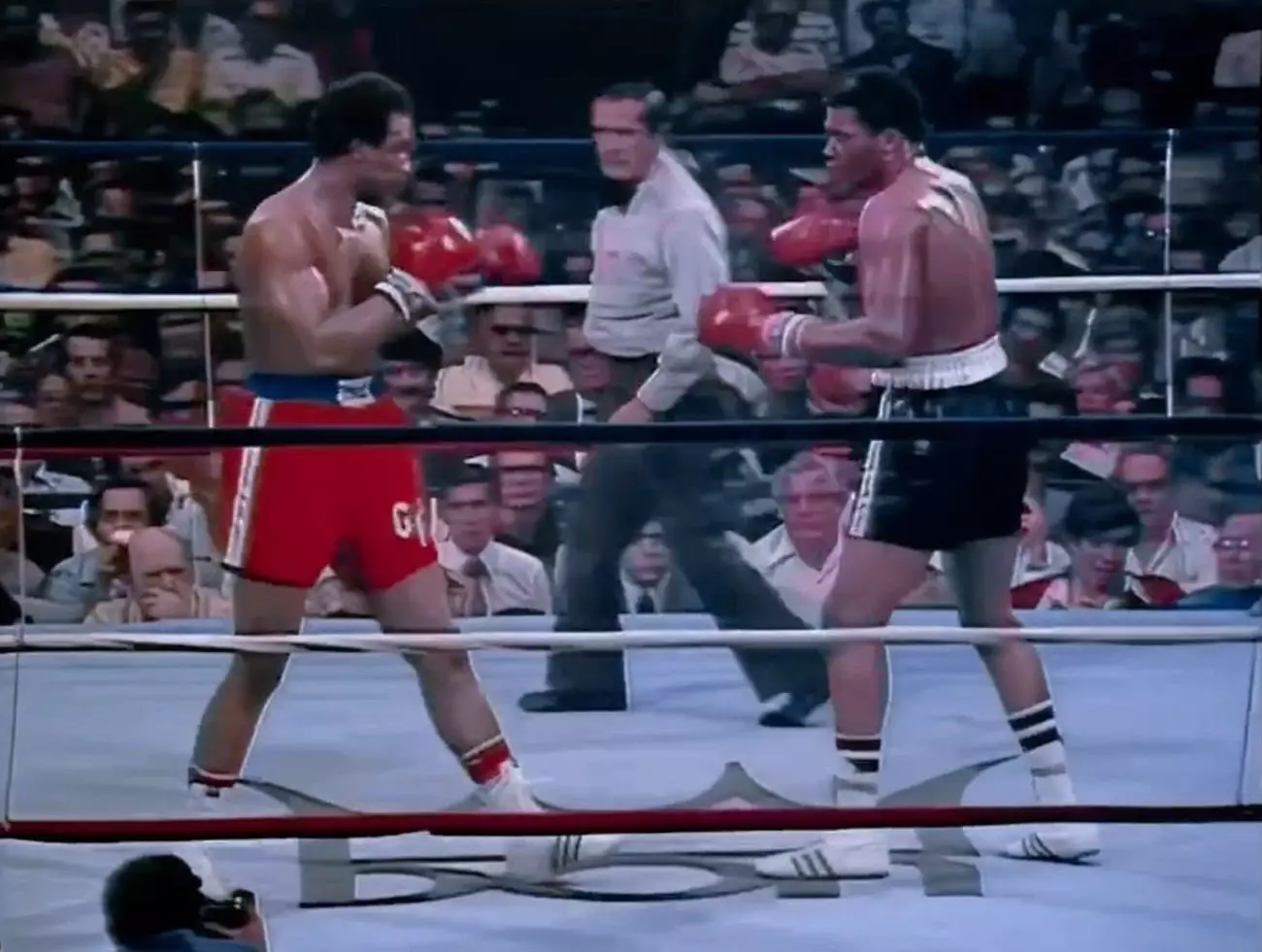The heavyweight boxing landscape has produced countless legends, with skills and styles that have defined eras. Among these heavyweights, Ron Lyle stood out not only for his remarkable talent but also for his extraordinary encounters against two of the hardest hitters in boxing history: Earnie Shavers and George Foreman. Lyle’s unique experience against these powerhouses provides a compelling perspective in the enduring debate over who truly hit harder.
To fully appreciate Lyle’s status, one must consider the context of his fights in the mid-1970s. Coming off a challenging defeat by Muhammad Ali for the world title, Lyle found himself immediately in the ring with Shavers and Foreman, two formidable opponents who boasted explosive knockout power. While many fighters might shy away from such daunting matchups, Lyle relished the challenge, stepping into the ring with both men in quick succession.
In September 1975, he faced Earnie Shavers, whose reputation for devastating power was well-known. Despite being knocked down, Lyle showcased his resilience by not only getting back to his feet but also managing to end the fight, demonstrating the grit and determination that characterized his boxing style. This victory set the stage for his subsequent match against George Foreman in January 1976, one of the most memorable bouts in boxing history.
The bout between Foreman and Lyle stands as a testament to the excitement and raw energy of boxing during its golden age. The two fighters engaged in a brutal exchange that thrilled fans and has been remembered for its sheer ferocity. Lyle managed to drop Foreman twice, signaling his own incredible punching power and reinforcing the narrative that he was more than just a punching bag in the ring. However, the relentless pressure from Foreman ultimately saw Lyle succumb to a knockout in the fifth round, marking a significant chapter in both athletes’ careers.
The emotional weight of these encounters goes beyond mere statistics and records. Lyle’s perspective on both fighters adds depth to the ongoing debate about who was the hardest hitter. Lyle’s assertion that Shavers hit harder than Foreman, despite the outcome of their respective fights, challenges conventional wisdom and shows how subjective power perception can be.
Analyzing Punching Power: Lyle’s Insights
In an illuminating interview before his passing, Lyle shared his thoughts on the differences between the two fighters’ punching power. He illustrated it vividly, describing Foreman’s punches as having an immediate and overwhelming force—”when he hit me, the floor came up to meet me.” In contrast, Lyle characterized Shavers’ power as more shocking, emphasizing the notion that the impact reverberated through his body in a way that felt distinct from the palpable force of Foreman’s shots.
Interestingly, Shavers himself indicated that despite Lyle’s many battles, it was Lyle’s punch that left him feeling the most impact throughout his career. This joint recognition by both fighters underscores the complexity of assessing punching power—an attribute that encompasses not just strength but also the ability to generate fear and respect in opponents.
Legacy and Reflection
As we commemorate the legendary clash between Foreman and Lyle, we also acknowledge Ron Lyle’s legacy as a fighter. While he may not have held a world title, his contributions to the heavyweight division and the thrilling spectacles he provided are significant. Had Lyle competed in today’s boxing arena, his talent suggests he would likely have captured championship glory.
Today marks 49 years since the unforgettable Foreman-Lyle battle—a match that continues to resonate with boxing aficionados around the world. Both Shavers and Foreman encapsulated an era of extraordinary knockout power, but Lyle’s experience in the ring with them has gifted us invaluable insights. Celebrating Ron Lyle means honoring the art of boxing, where sheer power, resilience, and passion converge to create lasting legacies.

